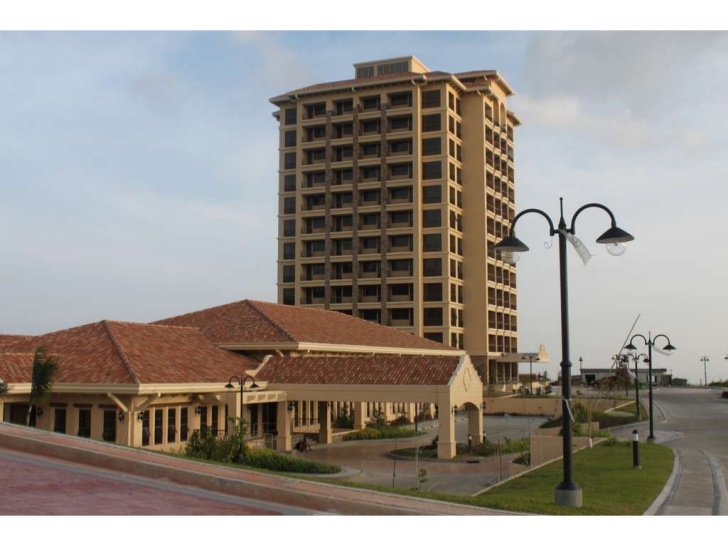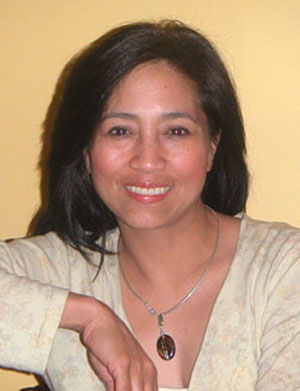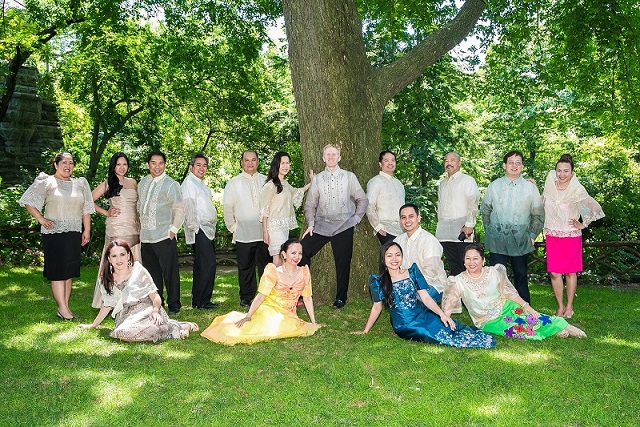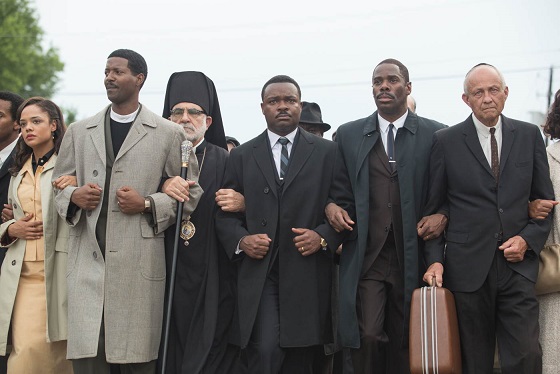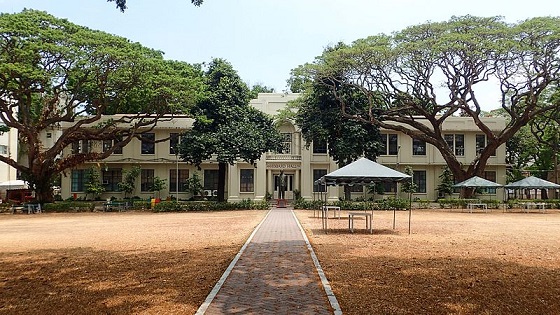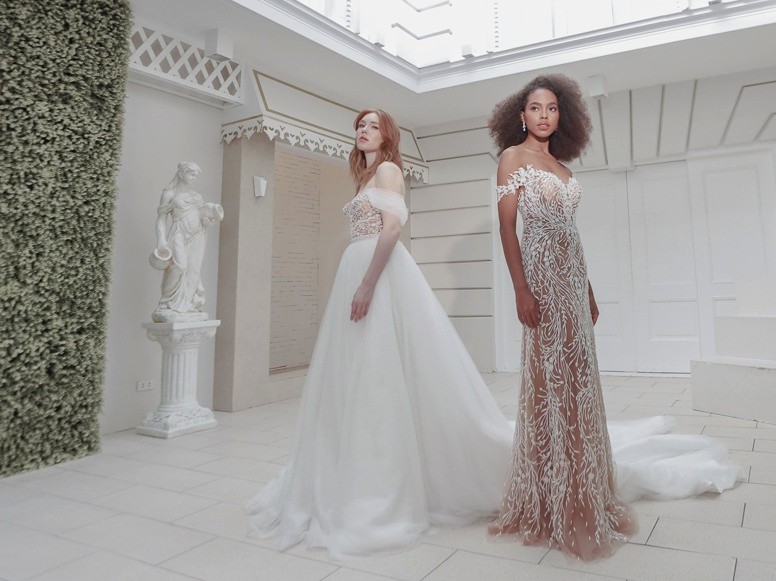Bessie Besana: ‘Filipino designers are getting seats at the table in Milan, Paris, New York’
By Ferlie Andong
Bessie Besana did not enter the world of fashion straightaway.
For nine years, he practiced civil engineering before finally taking a leap of faith and changing careers. “You can say that fashion is a calling for me,” Besana shared.
Even his brand name, Bessie Besana, carries a personal touch. In college, classmates struggled to distinguish his from another student with a similar name, so they began calling him “Bessie,” taken from the first syllable of his surname. “I liked it—it rings a bell,” he laughed. “So I used it as my designer name.”
Today, Besana is recognized not only as the designer behind Miss Universe 2015 Pia Wurtzbach’s wedding gown but also as co-founder of Filipinxt, a fashion platform he established with lawyer-entrepreneur Rob Mallari-D’Auria and others.
“In four seasons, Filipinxt has grown into a brand that bridges New York Fashion Week (NYFW) and the Philippines,” he said. “Our mission has always been to bring Filipino talent to the global stage—and that goal remains unchanged.”
This ambition, Besana noted, is shared by many Filipino designers. “Most designers dream of showcasing at NYFW. Doing so solidifies your position in the industry. It’s a career milestone.”
Filipinxt at NYFW
On September 13, 2025, Filipinxt unveiled its Spring/Summer 2026 collection at 4W43RD, an event space in Manhattan’s Fashion District. Co-presented by the Philippine Consulate General in New York, the show was standing-room only, with a stylish crowd eager to celebrate Filipino creativity.
The runway featured seven Filipino designers: Jo Ann Bitagcol (Bitagcol), Sheryl Ann Buenaventura (Style Ana), Bessie Besana, Ram Silva, Skeeter Labastilla-Turgut (Pinas Sadya), accessories designer Farah Abu (Farah Abu), and Veejay Floresca, the first openly transgender Filipina to win Project Runway (Season 21).
Each designer presented a distinct aesthetic, using locally sourced materials like piña, hablon, and raffia to reinterpret Philippine heritage for modern audiences. The collections showcased gender-fluid looks (Bitagcol); elevated everyday Filipinowear (Style Ana); modern elegance and refined femininity (Besana); a fusion of heritage and contemporary structure (Ram Silva); and sleek, sensual dresses balancing edge and sophistication (Floresca).
The designer’s journey
“It’s my fifth New York Fashion Week, and it never gets easier,” Besana admitted in an interview with Makilala TV. “Every time I present in New York, there’s this rush—a mix of nerves and excitement. It’s always an opportunity to show what I can do.”
Specializing in formal and bridal wear, Besana noted that requests for Filipiniana-inspired pieces are common, though incorporating traditional textiles can be challenging.
“I work mostly with formal wear, so it’s harder to use Filipino fabrics,” he said. “But when requested, I can do it—I’ve worked with textiles from the Philippines before. My last show even featured Filipiniana elements within a modern collection.”
For Besana, Filipino design is not defined solely by the use of native materials. “The designer is Filipino—that already makes it Filipino-made,” he explained. “My parents are Filipino, I was born and raised Filipino, and everything I create comes from that identity. Whether or not I use traditional fabric, it’s still Filipino design.”
The name Filipinxt blends “Filipino” and “next,” symbolizing a mission to highlight the next wave of Filipino designers on the global stage. “We want to give opportunities to designers from the Philippines to showcase in New York,” he said. “When you return home after showing at NYFW, your market value rises. We provide that platform.”
He points out that while renowned Filipino designers such as Monique Lhuillier, Rafé Totengco, and Josie Natori have made their mark internationally, Filipinxt aims to nurture the next generation. “They’re established names,” he said. “We’re here to find the next blood of Filipino designers.”
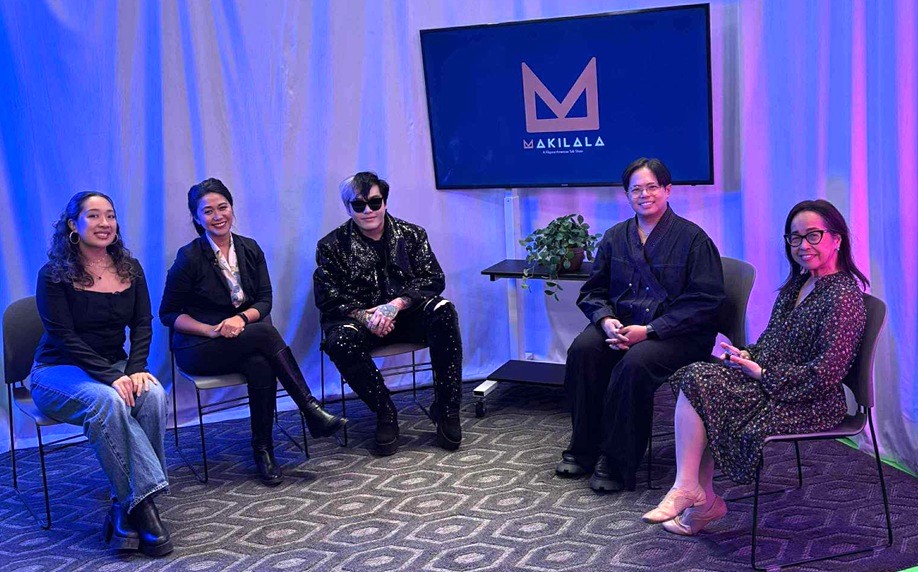
From engineering to fashion
“My background is in Math and Geometry—that was my strength,” he recalled. “I thought I was meant to be an engineer. In the Philippines, pursuing the arts isn’t always seen as stable, so I wasn’t encouraged to follow that path.”
After nearly a decade in engineering, Besana decided to chase his passion. “I told myself, if I don’t try fashion now, I’ll regret it. I didn’t want to wait until 40—I wanted to try at 30.” He enrolled in a fashion school in the Philippines, later continuing his studies at Parsons in New York.
His advice to aspiring designers: “Just try. If you fail, you learn. But if you never try, you gain nothing. Don’t wait for validation—validate yourself.”
The bridal experience
He said Bessie Besana Brides caters to women who want to feel romantic and radiant on their wedding day.
“Most women will only wear couture once in their lives—on their wedding day,” he said. “These are women who enjoy the process: fittings, champagne, the experience of creating something special.”
He added that he is venturing into ready-to-wear bridal fashion, although he already presented at Bridal Fashion Week. “Buyers from the U.S. and Canada come to see our designs. They often buy sample sizes, which are then customized for brides,” he explained.
Understanding his clientele is key: “Not everyone is my client,” he said. “Some brides have smaller budgets; others want Swarovski crystals on everything—which I don’t do. You have to know your niche, and if you understand it well, you’ll succeed.”
Filipino fashion’s global rise
Besana observed a visible shift in the global fashion scene.
“Before, you wouldn’t see Filipinos in the front row of Fashion Week. Now, they’re there—in Milan, Paris, and New York. They’re getting seats at the table,” he said. “As the Filipino economy grows, so does our representation in fashion. Designers like myself, Darren (Apolonio), and Veejay (Floresca) are paving the way and showing that Filipino fashion is world-class.”
He also noted how the Philippines has become a training ground for models.
“Many models go to the Philippines to build their portfolios before moving to Milan or Europe. I once worked with a model who later booked Dolce & Gabbana.”
For Besana, fashion is both art and self-expression. “Fashion is interpretation—it’s what people see before they even ask who you are,” he said.
Among his career highlights: designing Pia Wurtzbach’s wedding gown. “No one knew except Pia, her friend, and me,” he revealed. “I would fit her in her room, and we kept it a secret for six months until she announced her marriage.”
Besana’s inspirations often come from his clients, but at times, his emotions shape his work.
“My last collection was born out of a difficult year,” he shared. “It had a darker tone, and people told me they could feel my story through the clothes. I’m not always vocal about my emotions, but hearing that—they felt my heart—that was everything.” – With Cristina DC Pastor


